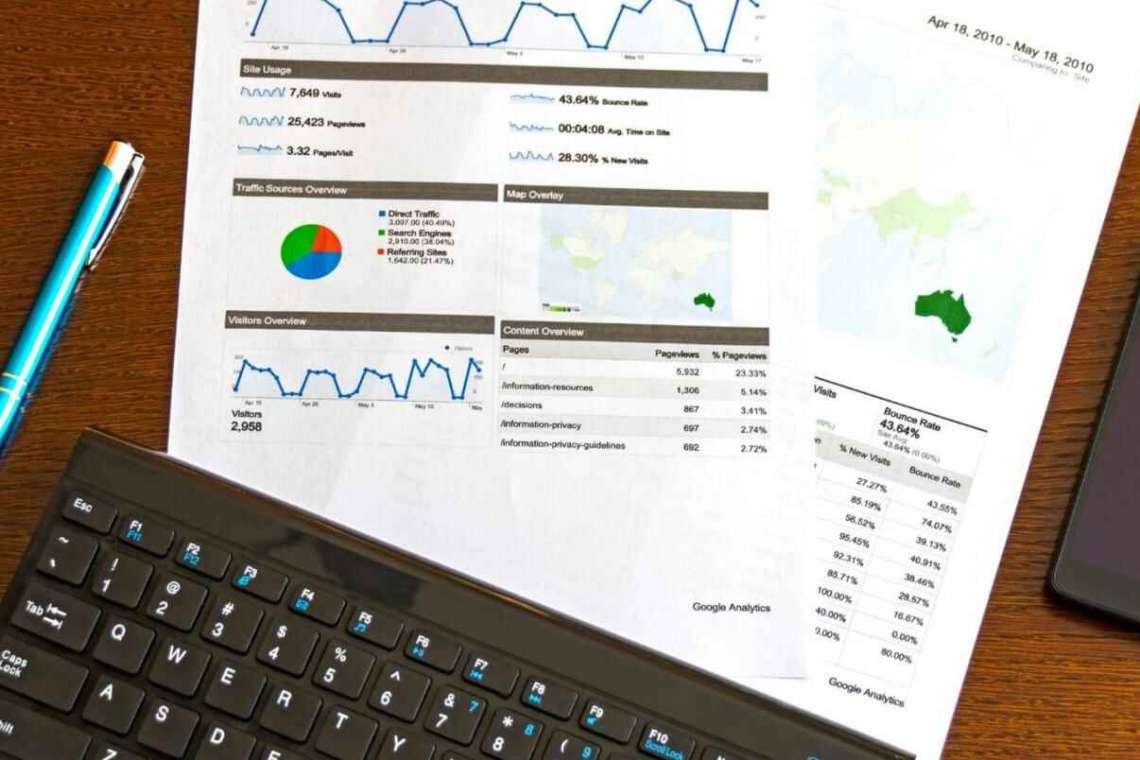Choosing Between Short-Term & Long-Term Investments: What You Should Know
- October 31, 2025
- Business
Investment means the allocation of funds to get huge returns after a specified period of time. It basically means putting… Read More

When people invest in the stock market, they usually want to know if a stock is cheap or expensive. A simple way to check this is by looking at the Price-to-Earnings (PE) Ratio. Many investors typically use this ratio to understand whether a stock is worth buying. If you are new to investing, the PE ratio may seem confusing at first, but it is actually quite simple.
Imagine you are buying a small shop and want to know if it is making enough profit to justify its price. The PE ratio helps in a similar way when buying stocks. It compares the price of a stock to the company’s earnings. This can generally give an idea of how much investors are willing to pay for every dollar the company earns. To know about PE meaning in share market read on to:
The PE Ratio is a basic financial metric that shows how much investors typically pay for one unit of a company’s earnings. It is calculated using this formula:
PE Ratio = Price per Share / Earnings per Share (EPS)
For example, if a stock’s price is ₹50 and its earnings per share (EPS) is ₹5, the PE ratio would be:
PE Ratio = 50 / 5 = 10
This means investors are willing to pay ₹10 for every ₹1 the company earns.
The P/E ratio tells investors how much the market is willing to pay for a company’s earning power. Typically, stocks with higher expected earnings growth have a higher P/E ratio. Fast-growing tech companies like Amazon often have very high P/E ratios over 30 or 40X.
Mature, slower-growing businesses usually have lower P/E ratios, around 10-20X earnings. The market expects fewer profits from these stable but slower growers, so investors aren’t as willing to pay a premium price.
Generally, a high P/E ratio suggests investors have confidence that earnings will grow rapidly in the future. However, sometimes high P/E multiples mainly reflect irrational investor enthusiasm, raising the risk of an overvalued stock.
While the P/E ratio is an important and useful metric, it has some limitations. For one, P/E ratios can vary significantly across industries. Also, earnings per share can fluctuate significantly from year to year, skewing the meaningfulness of the P/E ratio in a single year.
Additionally, the P/E ratio does not account for debt, cash flows, dividends and other important financial factors. So, the P/E ratio should be viewed as one measure of value, not the only measure.
Understanding the price-to-earnings ratio helps investors better evaluate the relationship between a stock’s price and underlying profitability. Comparing P/E ratios in context and over time is key to interpreting the metric effectively. While the P/E has limitations, it remains one of the most widely used valuation measures in stock analysis. Used properly, the P/E ratio can aid investors in making more informed investment decisions.